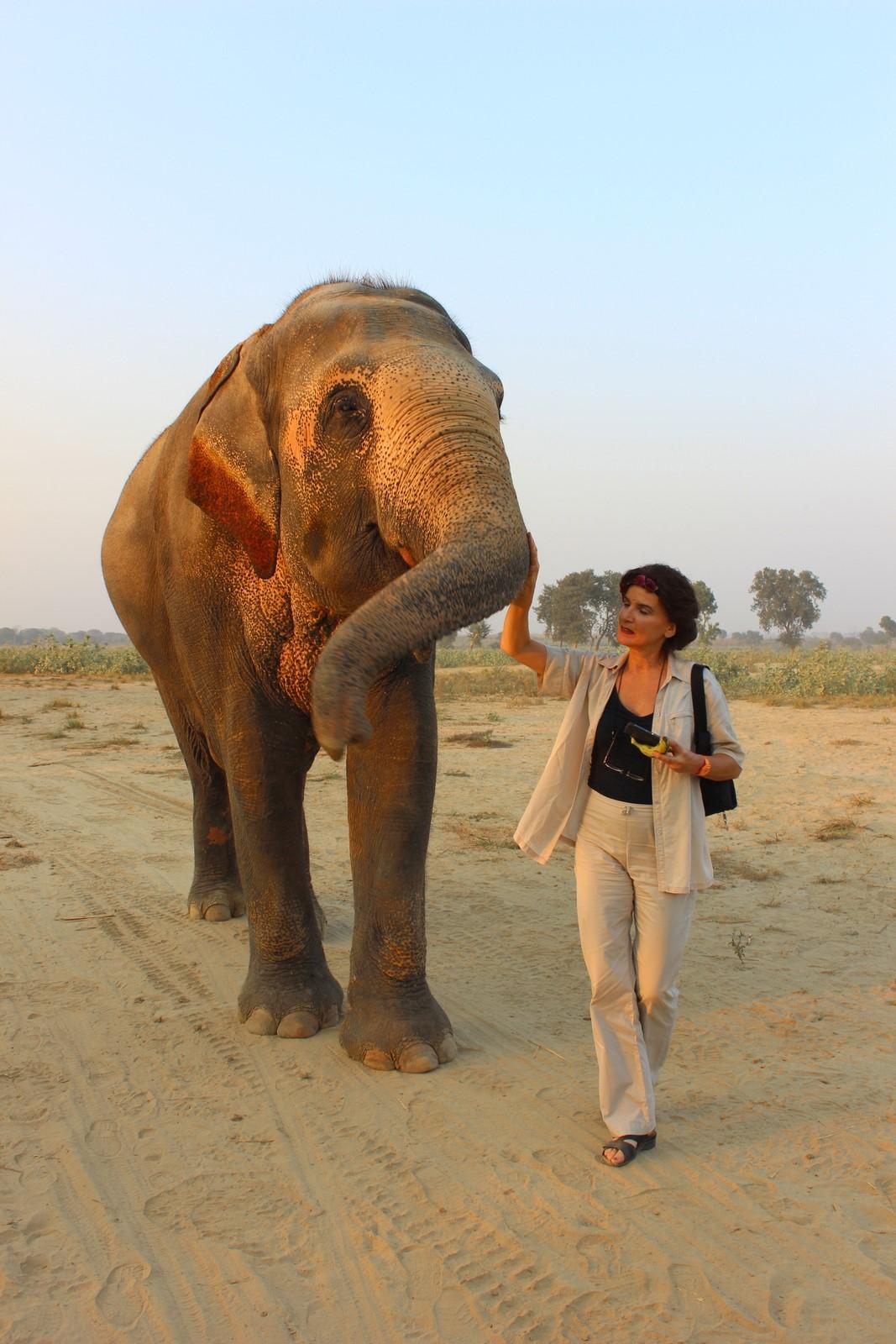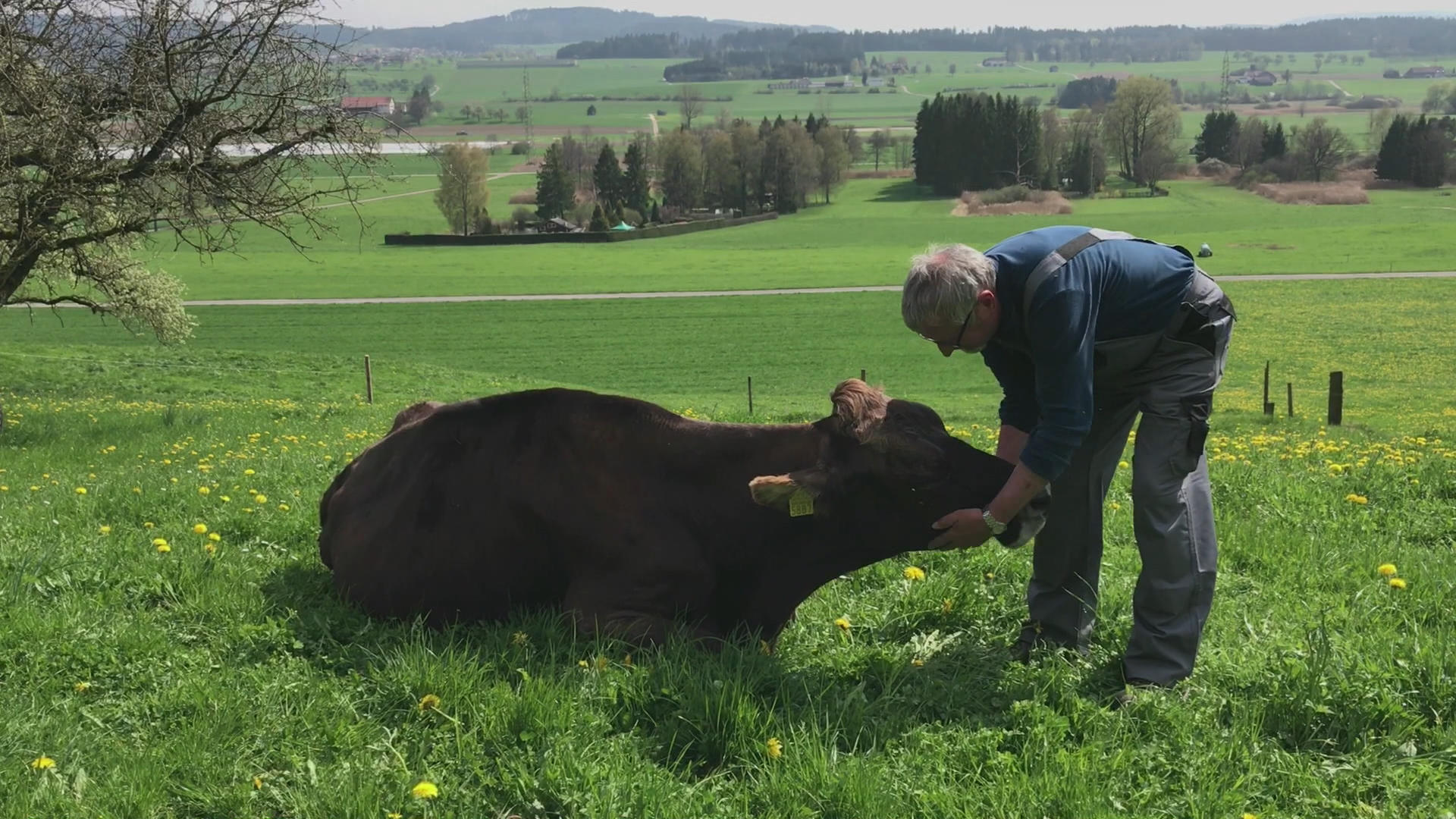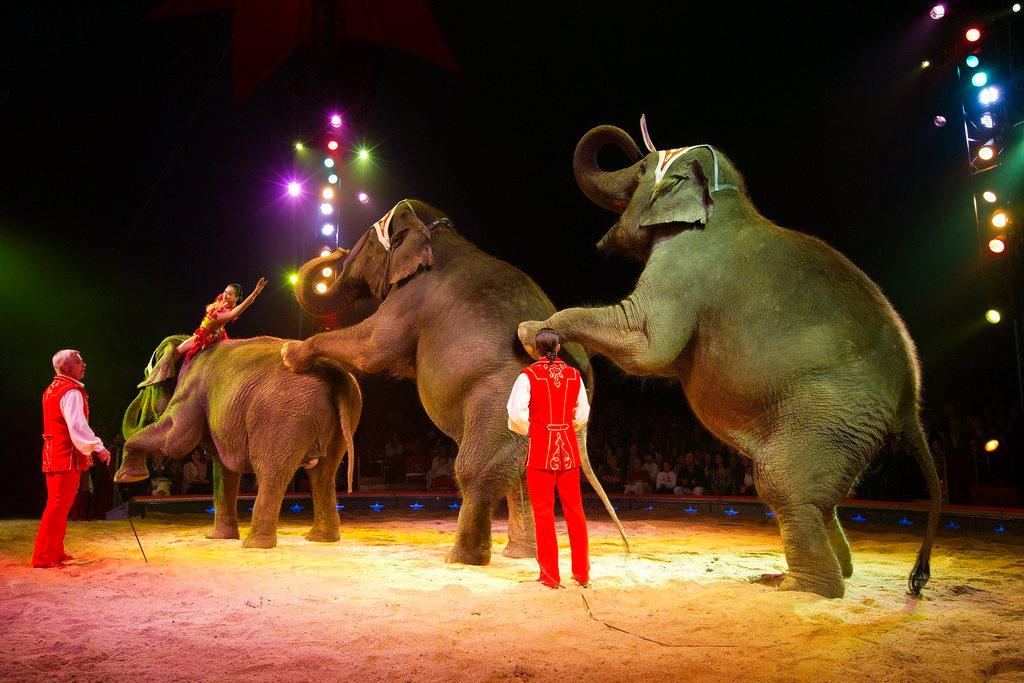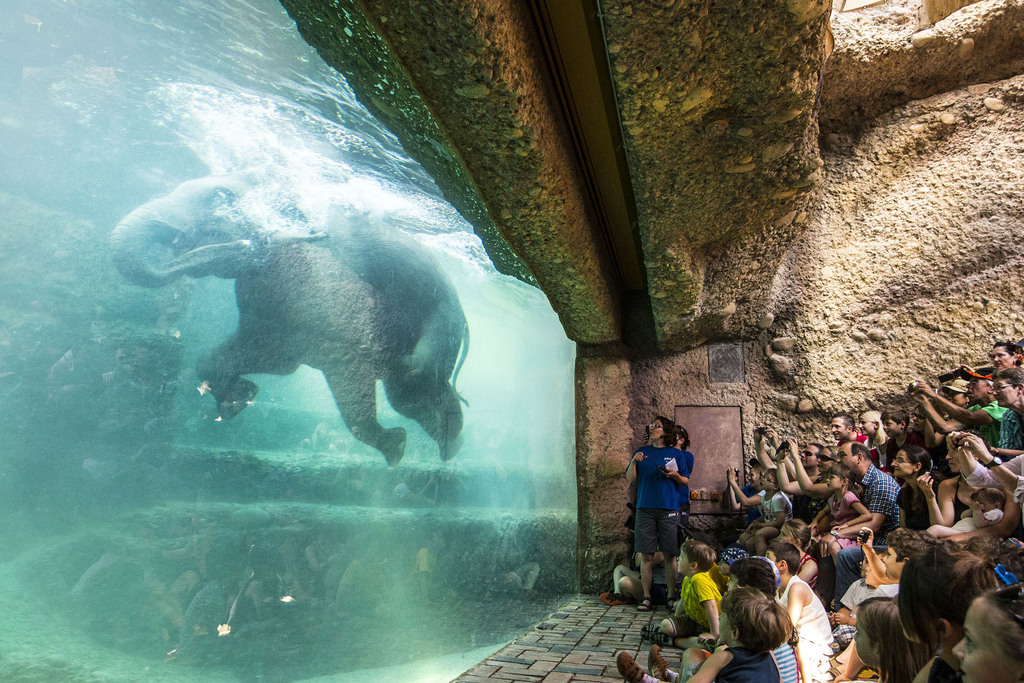The dark side of the elephant ride business
Elephants may look regal but their feet can reveal clues about mistreatment according to Swiss-based filmmaker and activist Brigitte Uttar Kornetzky. She wants tourists to boycott elephant rides.
Elephant rides are a thriving business in the rapidly growing tourist city of Jaipur in northwestern India, but an average of four to eight captive elephants die every year among the 125 that are put to work ferrying people around on their broad, sloping backs.
Overwork, weakness, joint disease and untreated infections are the main culprits. Despite the deaths, the elephant population remains stable. A new elephant is quickly purchased before a sick one has even died. The elephants are under the yoke of their owners, for whom the lucrative business is more important than the welfare of the giant animals. There are few exceptions to this general rule.
In the winter of 2012, I made a documentary film called Where the Elephant SleepsExternal link that highlights the plight of these captive giants in Jaipur. I visited the elephant village of Haathi Gaon, created specifically to house elephants and their keepers.
The animals are kept in individual pens, where they stand in chains on a sloping concrete ground. They receive no medical care. The poor treatment – combined with too much strenuous labour in the tourism business or at weddings and private events, not to mention being kept on a diet exclusively of cane sugar – makes their stressful lives even more unbearable. Even from a distance, you can see that many of the elephants in Jaipur are lame: they suffer from arthritic damage in their knees, shoulders and elbow joints.

Their highly sensitive feet, the size of baking trays, are the source of many overlooked problems. These include overgrown heels caused by overloading; ingrown or often broken toe nails; splits between toes; and cracked soles in which small stones become embedded and cause visible pain and limping. All too often these lead to dangerous infections.
Many elephants in captivity suffer from foot rot and ultimately die an agonising death. This was the case with a female elephant called Sita. After five weeks of agony, during which she gradually wasted away, we finally got permission from the authorities to put her to sleep.
Injuries caused by use of the ankush, a metal hook that is widely used to control the animals, eventually cause death in most cases. Untreated wounds do not heal properly.
There are other kinds of injuries with lasting repercussions: the elephants’ wounded spirits do not heal either. From childhood, they find themselves subjected to a kind of permanent state of trauma. They have no other option but to submit to the wills of their owners.
They have had to learn total obedience painfully, ever since having their natural free spirit broken when they were babies of just four or five years old. Health and well-being count for nothing against the owners’ drive for making money.
My contribution to address the problem was to start a Swiss charity in 2014 called Elephants in Need (Elefanten in NotExternal link) that raises money for the welfare of captive elephants in India. A ruling by the Supreme Court in Delhi is expected soon in response to our petition calling for an end to elephant rides to the Amber Fort in Jaipur.
If you’re planning a holiday to Asia, please do not go on an elephant ride. Instead, I suggest visiting rescue centres, such as the Wildlife Rescue and Rehabilitation Centre (WRRC) in Bangalore or Chennai. In this way, you will contribute to the well-being and expensive care of some severely traumatised animals.
The views expressed in this article are solely those of the author, and do not necessarily reflect the views of swissinfo.ch.
Opinion series
swissinfo.ch publishes op-ed articles by contributors writing on a wide range of topics – Swiss issues or those that impact Switzerland. The selection of articles presents a diversity of opinions designed to enrich the debate on the issues discussed.

In compliance with the JTI standards
More: SWI swissinfo.ch certified by the Journalism Trust Initiative












You can find an overview of ongoing debates with our journalists here . Please join us!
If you want to start a conversation about a topic raised in this article or want to report factual errors, email us at english@swissinfo.ch.